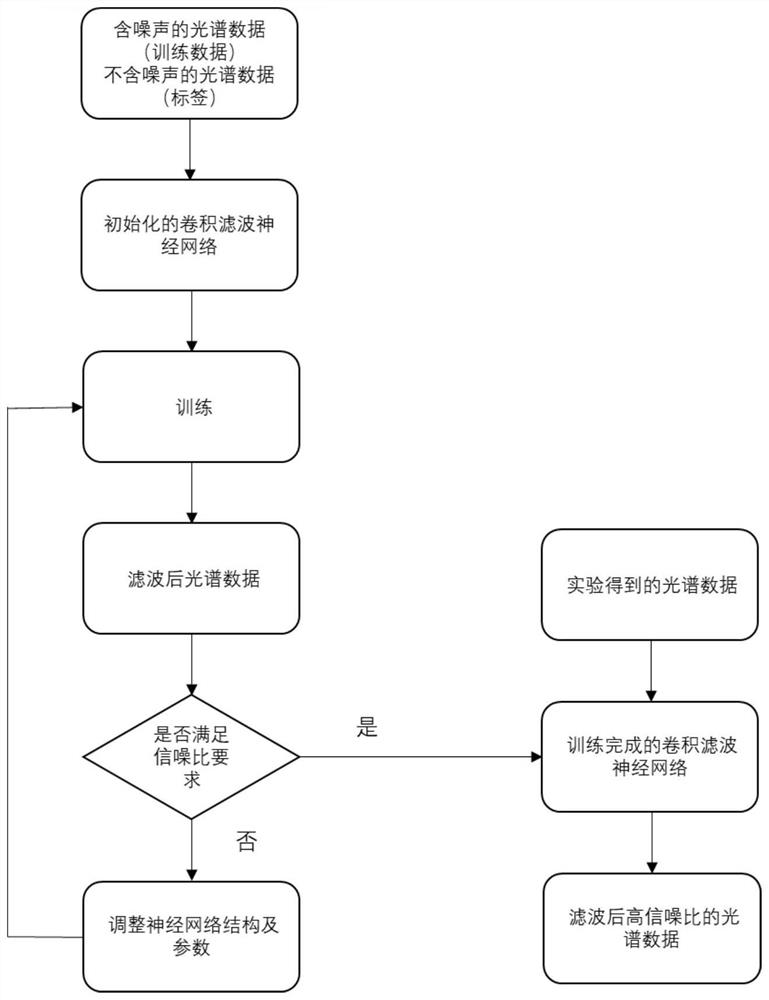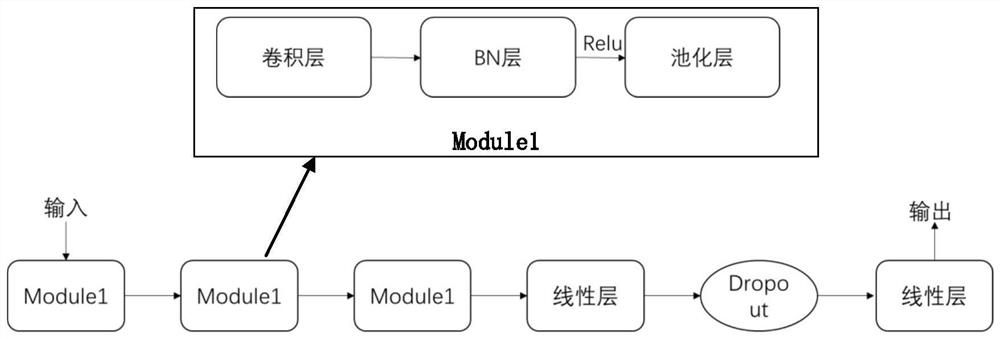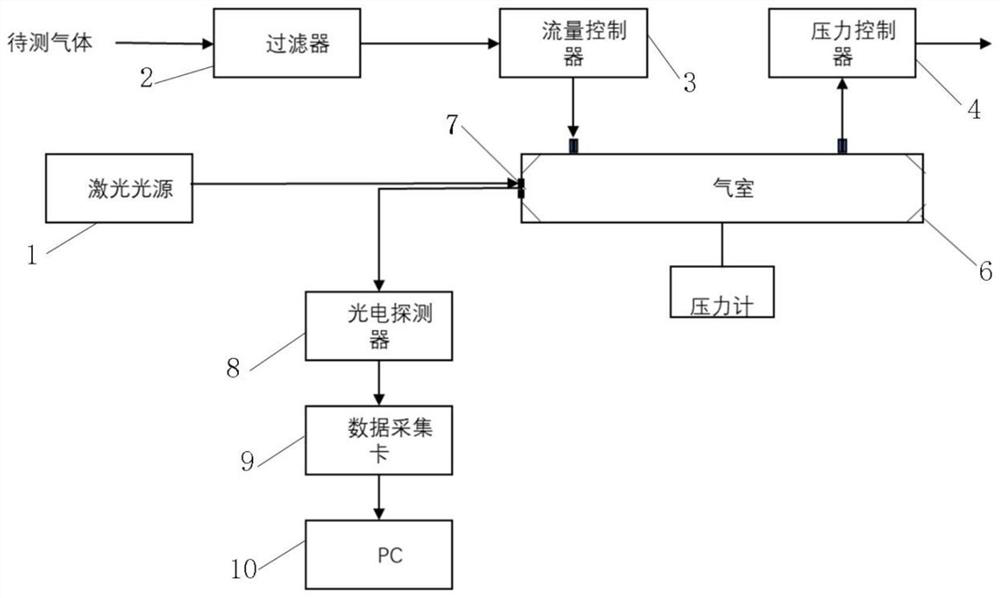Gas laser absorption spectrum filtering method based on convolutional neural network
A convolutional neural network and absorption spectrum technology, applied in neural learning methods, biological neural network models, neural architectures, etc., can solve problems such as KF deviation and loss of spectral signal processing capabilities, and achieve efficient online filtering, fast calculation speed, The effect of high signal-to-noise ratio
- Summary
- Abstract
- Description
- Claims
- Application Information
AI Technical Summary
Problems solved by technology
Method used
Image
Examples
Embodiment 1
[0024] Embodiment 1 The convolutional neural network-based gas laser absorption spectrum filtering method provided in this embodiment, the process is as follows figure 1 As shown, it specifically includes the following steps:
[0025] 1. Construct a filter convolutional neural network
[0026] Such as figure 2 As shown, the entire filtering network includes three convolutional layers, three BN layers, three pooling layers, two fully connected layers, and one dropout layer.
[0027] The activation function is chosen as Relu:
[0028]
[0029] where X is the input spectral data.
[0030] The loss function selects MSE loss:
[0031]
[0032] where y i is the predicted value of the neural network, is the tag value.
[0033] The optimization method is the momentum gradient descent method. The parameter update formula of the gradient descent method is:
[0034]
[0035]
[0036] where α is the learning rate, is the partial derivative of the cost function wit...
Embodiment 2
[0065] Embodiment 2 utilizes the method of the present invention to carry out the filtering simulation experiment of the absorption spectrum of the gas to be measured
[0066] Calculate the signal-to-noise ratio after filtering, the calculation formula is as follows:
[0067]
[0068] The simulation results are as Figure 4 and 5 as shown, Figure 4 Plots of the unfiltered absorption spectrum and the ideal spectrum. Figure 5 It is the unfiltered spectrum and the predicted spectrogram after filtering by CNN of the present invention. Figure 4 and Figure 5 The abscissa is 1111 sampling points, and the ordinate is the normalized transmitted light intensity. From Figure 5 It can be seen from the filtered output results that the method of the present invention has a good filtering effect, can effectively filter out various noises in the original spectrum, and obtain a high signal-to-noise ratio, which reaches 27.0134.
PUM
 Login to View More
Login to View More Abstract
Description
Claims
Application Information
 Login to View More
Login to View More - Generate Ideas
- Intellectual Property
- Life Sciences
- Materials
- Tech Scout
- Unparalleled Data Quality
- Higher Quality Content
- 60% Fewer Hallucinations
Browse by: Latest US Patents, China's latest patents, Technical Efficacy Thesaurus, Application Domain, Technology Topic, Popular Technical Reports.
© 2025 PatSnap. All rights reserved.Legal|Privacy policy|Modern Slavery Act Transparency Statement|Sitemap|About US| Contact US: help@patsnap.com



